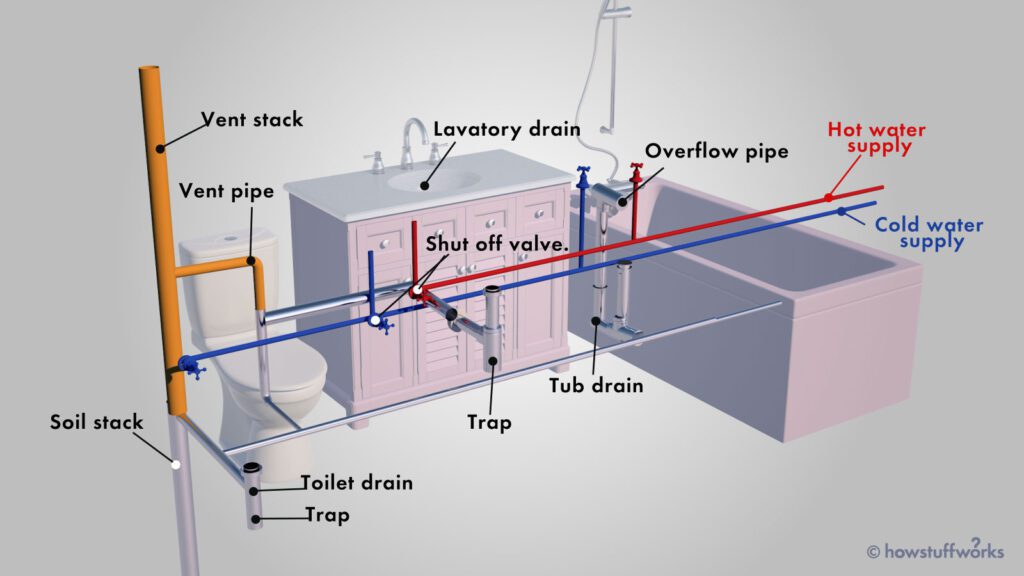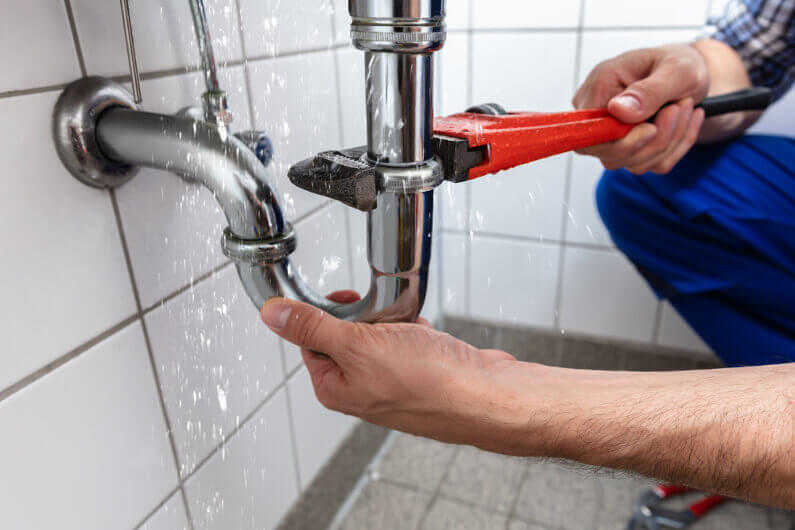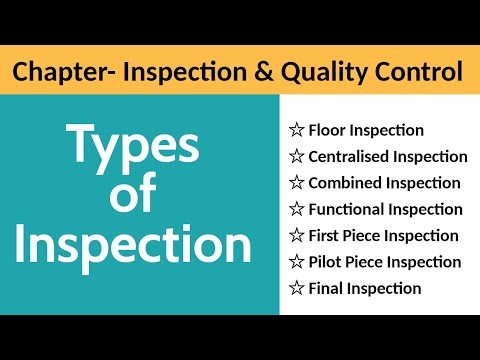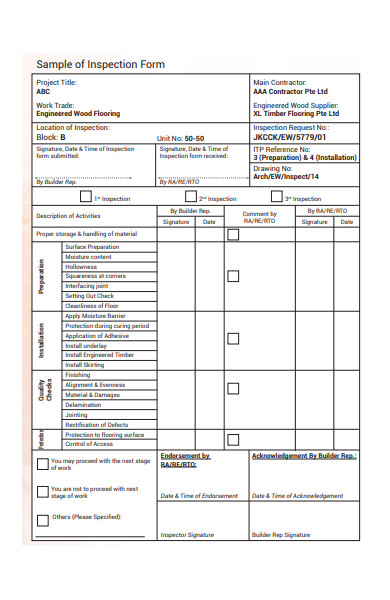In order to understand the inner workings of your residential plumbing system, it is crucial to familiarize yourself with its three fundamental components. These three essential parts, namely the supply system, the drainage system, and the fixture system, work in harmony to ensure the smooth functioning of your plumbing system. By delving further into each component, you will gain a deeper understanding of how they contribute to the overall functioning and efficiency of your home’s plumbing infrastructure. So, let’s explore these components and how they play a crucial role in keeping your water flowing smoothly. When it comes to understanding your home’s plumbing system, it’s essential to familiarize yourself with its various components. Regardless of the size or layout of your residence, three primary parts make up any residential plumbing system: the water supply system, the drainage system, and the hot water system. Each of these parts contributes to the overall functionality and efficiency of your plumbing system. In this comprehensive article, we will delve into the intricacies of these three parts, as well as other important aspects such as the sump pump system, pipe insulation, plumbing maintenance, and potential expansions or upgrades. By the end of this article, you’ll have a thorough understanding of residential plumbing and be better equipped to address any issues that may arise.
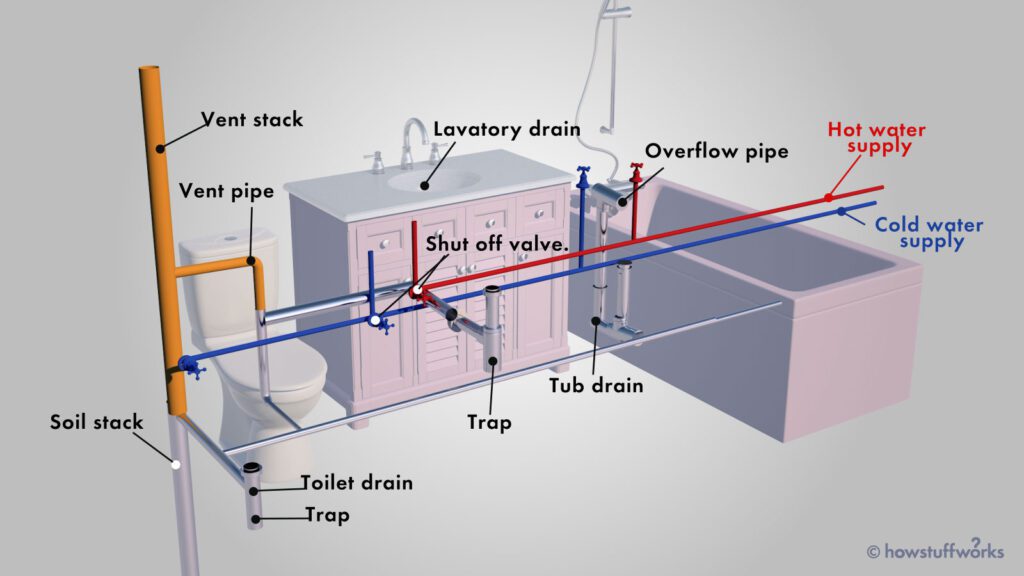

Water Supply System
The water supply system is responsible for delivering clean, potable water to your home. It consists of several key components, including the water source, water meter, water main, distribution pipes, and water shut-off valve.
Water Source
The water source is typically a municipal water supply or a private well. Municipal water supplies are regulated and regularly tested to ensure safety, while private wells require periodic maintenance and testing to ensure water quality. Knowing the source of your water is crucial in understanding any potential issues or contaminants that may affect your plumbing system.
Water Meter
The water meter is a device that measures the amount of water entering your home. It is usually located near the water main, and its primary purpose is to determine the volume of water consumed for billing purposes. Monitoring your water meter can help you identify any sudden increases in water usage, potentially indicating a leak or other plumbing problem.
Water Main
The water main is the primary pipe that delivers water from the municipal supply or well to your home. It is typically located underground and connects to the water meter and distribution pipes. Regular inspections of the water main are essential to detect any leaks or weaknesses that could lead to water damage or disruption of supply.
Distribution Pipes
Distribution pipes carry water from the water main to various fixtures and appliances throughout your home. These pipes are often made of copper, PVC, or PEX materials. Inspecting the distribution pipes regularly can help identify any signs of corrosion, leaks, or clogs, ensuring a continuous and reliable water supply.
Water Shut-off Valve
The water shut-off valve is a vital component of your plumbing system, allowing you to control the flow of water to your home. It is typically located near the water meter or at the entrance point of your water main. Knowing the location of your shut-off valve is crucial in the event of a plumbing emergency or the need for repairs. Being able to quickly shut off the water supply can prevent further damage and potential flooding.
Drainage System
The drainage system is responsible for removing wastewater from your home and directing it to the appropriate disposal routes. Several components make up the drainage system, including drain pipes, drainage vents, drain traps, and cleanout plugs.
Drain Pipes
Drain pipes carry wastewater, including sink, shower, and toilet waste, away from your home. They are typically made of PVC or cast iron and connect to a larger pipe called the sewer line, which carries the wastewater to a municipal sewer system or a septic tank. Regular maintenance and inspections of drain pipes are crucial to prevent clogs and backups.
Drainage Vents
Drainage vents serve the essential function of allowing air to enter the drain system, preventing suction and ensuring a proper flow of wastewater. These vents, often located on the roof of your home, release sewer gases and odors, maintaining a healthy and odor-free environment inside. Regular inspection and cleaning of drainage vents are important to prevent blockages and maintain proper ventilation.
Drain Traps
Drain traps, commonly known as P-traps, are U or S-shaped pipes located below sinks, showers, and bathtubs. They are designed to create a water barrier that prevents sewer gases from entering your home while allowing wastewater to pass through. Cleaning drain traps regularly can prevent debris accumulation and maintain their effectiveness in preventing odors and gas infiltration.
Cleanout Plug
The cleanout plug is an access point located along the drain system, usually near the main sewer line. It allows for easy access to the drain pipes for inspection, cleaning, or removing clogs. Regularly checking the cleanout plugs for clogs or leaks can help identify potential issues before they escalate into larger problems.


Fixture and Appliance Plumbing
In any residential plumbing system, fixtures and appliances such as toilets, sinks, showers, bathtubs, washing machines, and dishwashers play a crucial role. These fixtures and appliances require proper plumbing connections to ensure efficient water flow and proper disposal of wastewater.
Toilets
Toilets are a fundamental fixture in any home, and their proper functioning is essential for convenience and hygiene. Toilets require a dedicated water supply, often connected to the water main, and a drain pipe that connects to the drainage system. Regular maintenance, such as checking for leaks and ensuring the flapper valve and fill valve are working correctly, is vital to prevent water waste and potential damage.
Sinks
Sinks are found in bathrooms, kitchens, and utility rooms, and they serve various purposes, such as handwashing, dishwashing, and general cleaning. Sinks are typically connected to both the water supply system and the drainage system. Regularly inspecting sink pipes, faucets, and drains can help identify leaks, clogs, or faulty components that need immediate attention.
Showers and Bathtubs
Showers and bathtubs provide relaxation and cleanliness, but they also require proper plumbing connections to function optimally. These fixtures are connected to the water supply system through dedicated pipes and faucets, providing both hot and cold water options. Regular maintenance, such as cleaning showerheads, checking for leaks, and ensuring proper drainage, is important to avoid water waste and damage.
Washing Machines
Washing machines are common appliances that require both hot and cold water connections, as well as a drain pipe for wastewater disposal. The washing machine’s hoses, valves, and drains should be regularly inspected and maintained to prevent leaks, clogs, and excessive water usage.
Dishwashers
Dishwashers simplify the task of cleaning dishes, but their proper plumbing connections are essential for effective operation. Dishwashers require both hot and cold water connections, as well as a dedicated drain pipe. Regularly checking for leaks, clogs, and proper drainage is crucial to avoid water damage and ensure optimal performance.
Hot Water System
Having a reliable hot water system is essential for daily activities such as bathing, washing dishes, and laundry. The hot water system consists of a water heater, hot water pipes, and hot water fixtures.
Water Heater
The water heater is responsible for heating and storing hot water for household use. There are various types of water heaters available, including tankless, storage tank, and solar-powered. Regular maintenance of the water heater, such as checking for leaks, sediment buildup, and proper temperature settings, is essential for its efficiency and longevity.
Hot Water Pipes
Hot water pipes distribute the heated water from the water heater to various hot water fixtures throughout your home. Inspecting these pipes regularly for leaks, corrosion, or insulation issues can help maintain proper hot water flow and conserve energy.
Hot Water Fixtures
Hot water fixtures, such as faucets, showers, and bathtubs, allow you to access hot water for your daily needs. Regular inspection and maintenance of these fixtures, including checking for leaks, replacing faulty components, and ensuring proper water pressure, can help maximize their longevity and performance.


Sump Pump System
For homes with basements or areas prone to flooding, a sump pump system is a crucial component of the plumbing system. This system helps prevent water damage by removing excess water from the sump pit and directing it away from the foundation of the house. The sump pump system consists of a sump pump, sump pit, check valve, and discharge pipe.
Sump Pump
The sump pump is responsible for pumping water out of the sump pit, preventing flooding and water damage. Regular maintenance, including checking the pump’s operation, cleaning the sump pit, and testing the float switch, is essential to ensure its effectiveness in preventing water accumulation.
Sump Pit
The sump pit is a specially constructed pit or basin located in the basement or lowest point of a home. It collects excess water from the surrounding area and directs it to the sump pump for removal. Regularly inspecting and cleaning the sump pit can help prevent debris accumulation, pump malfunctions, and potential flooding.
Check Valve
The check valve is located on the discharge pipe connected to the sump pump. Its primary function is to prevent water from flowing back into the sump pit once it has been pumped out. Testing and inspecting the check valve regularly can ensure its proper functioning and prevent water damage.
Discharge Pipe
The discharge pipe is the pipe through which water is expelled from the sump pump to a designated area away from the house. Inspecting the discharge pipe regularly, ensuring proper installation and insulation, and clearing any obstructions can help maintain a functioning sump pump system.
Pipe Insulation
Pipe insulation plays a crucial role in maintaining the efficiency and safety of your residential plumbing system. It helps prevent heat loss, reduces energy consumption, and protects pipes from freezing and potential leaks. Understanding the importance of pipe insulation and the various types available is essential for preventing costly repairs and reducing energy waste.
Importance of Pipe Insulation
Pipe insulation is important for several reasons. Firstly, it helps prevent heat loss in hot water pipes, minimizing energy waste and reducing utility bills. Secondly, it protects cold water pipes from condensation, preventing moisture damage and mold growth. Lastly, pipe insulation can prevent pipes from freezing during colder months, avoiding potential bursts and water damage.
Types of Insulation
There are different types of pipe insulation available, each suited for specific purposes and pipe materials. Common types include fiberglass wrap, foam sleeves, and rubber foam. Determining the appropriate insulation type for your plumbing system depends on factors such as pipe size and material, desired insulation level, and climatic conditions.


Plumbing Maintenance
Regular maintenance of your residential plumbing system is essential to prevent clogs, leaks, and other potential issues. By adopting a proactive plumbing maintenance approach, you can save money on repairs and ensure the longevity and efficiency of your system. There are several important aspects to consider when it comes to plumbing maintenance.
Preventing Clogs and Blockages
Clogs and blockages can cause significant disruptions and damage to your plumbing system. To prevent these issues, it is crucial to avoid flushing or draining items that can clog pipes, such as grease, hair, food waste, and non-flushable materials. Using drain screens, cleaning drains regularly, and ensuring proper disposal methods can all contribute to preventing clogs and blockages.
Regular Inspections and Repairs
Regular inspections of your plumbing system can help detect any potential issues before they develop into significant problems. Inspect visible pipes for leaks, corrosion, or signs of damage. Pay attention to changes in water pressure, unusual noises, or persistent leaks. Addressing repairs promptly can prevent further damage and ensure the continued functionality of your plumbing system.
Maintenance Tips
In addition to regular inspections, there are several maintenance tips you can follow to keep your residential plumbing system in optimal condition. These include:
- Flushing your water heater annually to remove sediment buildup
- Testing and maintaining your sump pump system
- Checking and cleaning aerators and showerheads to maintain water pressure
- Monitoring water usage for any sudden increases, indicating a potential leak
- Being mindful of water conservation practices, such as using low-flow fixtures and repairing leaks promptly
Adhering to these maintenance tips can help prolong the lifespan of your plumbing system, reduce the risk of emergencies, and save money on water and energy bills.
Expansions and Upgrades
As your needs evolve or your home undergoes renovations, you may find yourself considering expansions or upgrades to your plumbing system. Whether it’s adding new fixtures or appliances, renovating a bathroom or kitchen, or installing energy-efficient components, proper planning and professional assistance are essential.
Adding New Fixtures or Appliances
Adding new fixtures or appliances, such as an additional bathroom or laundry room, requires carefully considering your existing plumbing system’s capacity and configuration. Consulting with a licensed plumber will ensure proper connections, adequate water supply, and compliance with building codes.
Renovation and Remodeling
Home renovations and remodeling projects often involve plumbing changes, such as relocating sinks, showers, or toilets. These projects require professional expertise to avoid disruptions to the existing plumbing system, ensure proper drainage, and maintain the functionality and aesthetics of the renovated space.
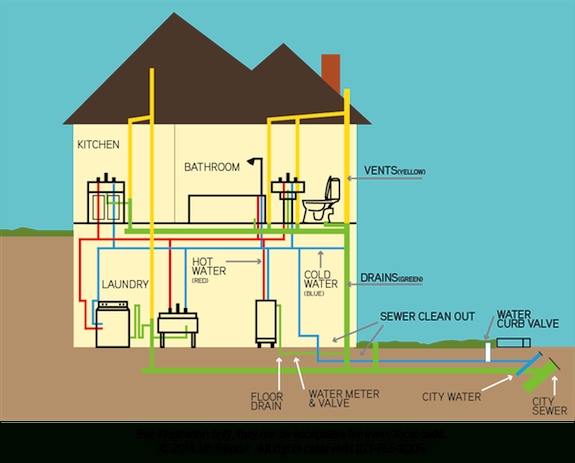

Conclusion
Understanding the different parts of your residential plumbing system is crucial for its efficient and reliable operation. From the water supply system to the drainage system, hot water system, and even the sump pump system, each component plays a vital role in maintaining a functional plumbing system. By implementing regular inspections, preventative maintenance, and resolving issues promptly, you can ensure the longevity and efficiency of your plumbing system. Remember to consult with a licensed plumber for any major expansions, renovations, or upgrades to guarantee proper installations and adherence to building codes. With a comprehensive understanding of your plumbing system, you can confidently navigate any plumbing challenges that may arise in your home.

